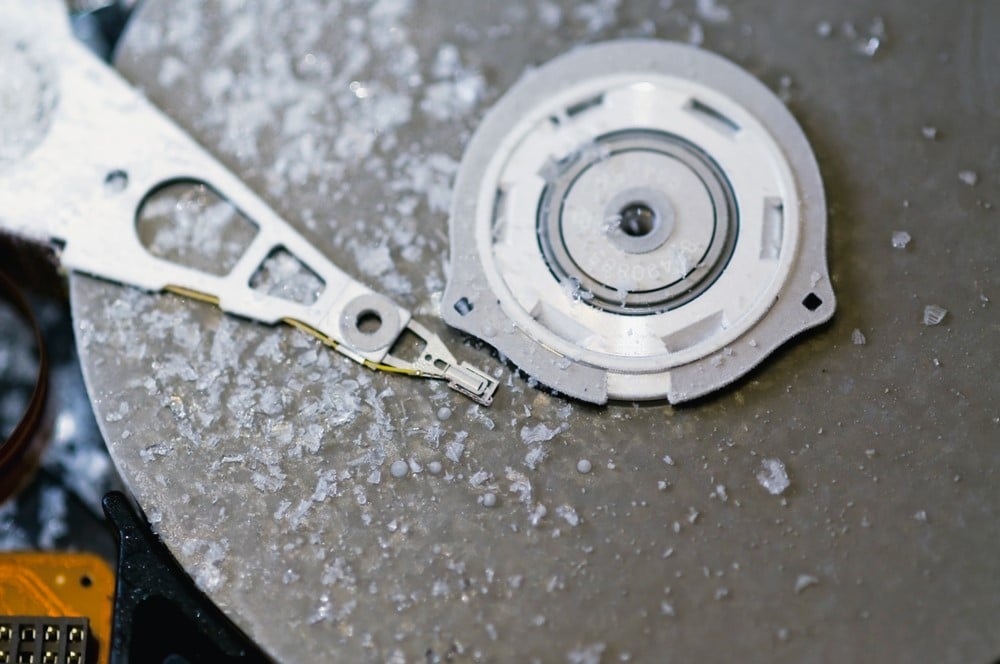Many people think of temperature sensitivity as a distinctly organic problem. Indeed, all living things have relatively narrow ranges of temperature in which they can thrive. For example, ground beef needs to remain at about 4.4 degrees Celsius to avoid growing harmful bacteria, and fresh fruit is typically stored at room temperature — about 20 degrees Fahrenheit — to maintain a slow, steady state of ripening. Growers and sellers of organic products understand that temperature matters.
However, temperature matters for inorganic products, as well. Technology, specifically, can suffer extreme damage from operating in environments that are too hot — and cold can cause harm to tech devices, too. Here are a few things that happen to technology when it is exposed to cold and what everyone can do to keep their tech safe.
How Cold Affects Tech
Generally, digital devices run better in colder temperatures than in warmer ones. Electronics create heat; some devices can run as hot as 20 degrees above room temperature. If the environment is already warm, the delicate inner workings of tech devices will begin to fry, making the tech function less efficiently and perhaps become entirely unusable. In colder spaces, the heat that electronics produce is less dangerous because it is not compounding the environmental heat — which is why many server rooms are kept colder than room temperature, around 68 degrees Fahrenheit.
Still, cold can have a negative impact on tech. Specifically, the more time devices are kept in cold environments, the more damage they will sustain. Here are a few ways cold can cause harm to tech:
Cold causes batteries to drain.
Merely a few hours in a cold space could cause a battery to drain completely, which means it will require a recharge (or a battery replacement) before the device functions again. Unfortunately, emptying the battery completely is dangerous to the battery’s longevity and could cause damage that lessens its charge life, especially if cold-related draining happens often.
Cold damages device screens.
The most common digital devices have LCD screens, which use a liquidized crystal to form pixels of light and color. Unfortunately, when temperatures drop below freezing, those liquid crystals change at the molecular level, and those changes can result in minute damage. The more a screen experiences temperatures below 32 degrees Fahrenheit, the closer it will come to not working at all.
Cold accumulates condensation.
Cold devices can accumulate frost, as the moisture in the air settles on anything and everything. When those devices are warmed up again for use, that frost will melt into liquid condensation, which could seep into the cracks of the technology and cause damage. Moisture is an electronic device’s worst enemy, and cold can introduce moisture even in dry environments.
How Cold Is Too Cold
To many home users, it might seem that they are receiving mixed messages about their tech. They should avoid keeping tech in warm environments, but cold can cause damage — so what is the right temperature for tech storage and use?
The general rule of thumb from electronics experts is that if the space is too cold for a person to feel comfortable in, then the space is too cold for technology. The freezing point is certainly much too perilous for tech devices, which are unlikely to escape such cold temperatures unscathed. Thus, devices are best held in areas that are maintained around room temperature — or slightly lower — even during manufacturing and transit.
For users, the most likely time for tech to experience such low temperatures is if devices are left outside — or in vehicles — overnight during cooler seasons. If necessary, users might remind themselves to bring all devices inside to a temperature-controlled space with a tech bag that makes transporting electronics easier.
Companies responsible for making and shipping tech might find protecting devices from cold slightly more difficult, as it is likely that delicate components and finished products will spend days on end in warehouses and shipping containers. Even if businesses are paying for climate-controlled shipping and storage, they might use freeze indicators to verify whether their goods have experienced unacceptable temperatures that will reduce their value and increase company costs.
Though tech devices might not be alive, they can still feel the cold. Everyone should work to protect their electronics from cold weather to extend their lifespan and reduce waste.


